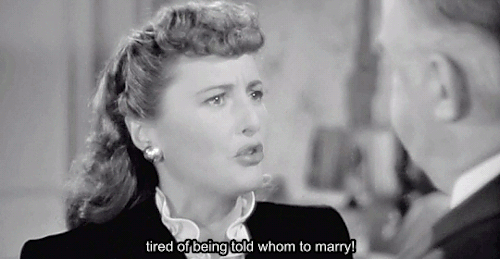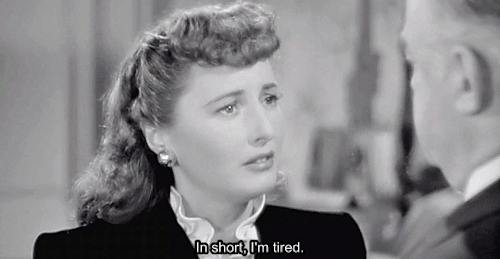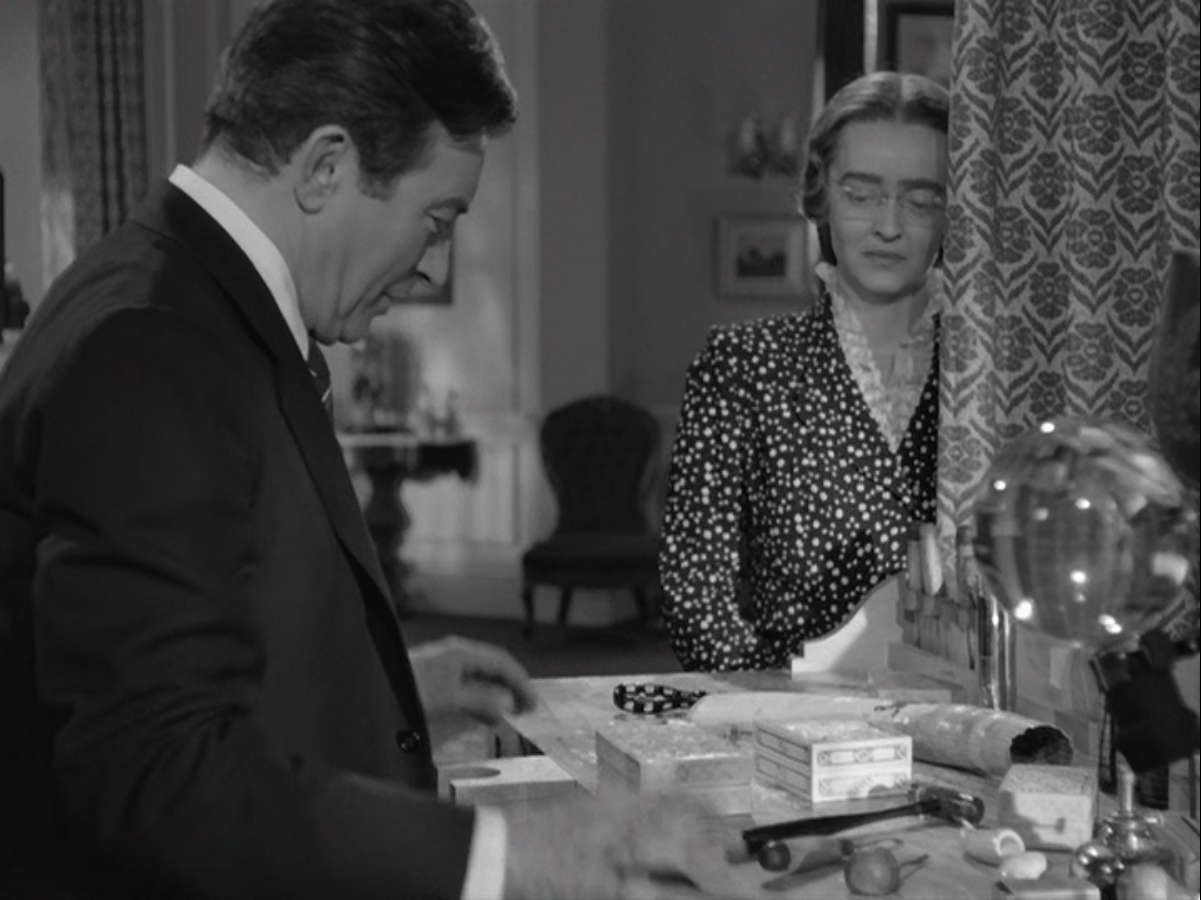 |
| Katharine Hepburn in "Bringing Up Baby" (1938) |
Pages
▼
Thursday, June 27, 2019
Fashion Spotlight: Howard Greer
Friday, June 21, 2019
Wednesday, June 19, 2019
#WomanEmpowermentWednesday 9 Times When Barbara Stanwyck Breathed Lady Power
| "Double Indemnity" (1944) |
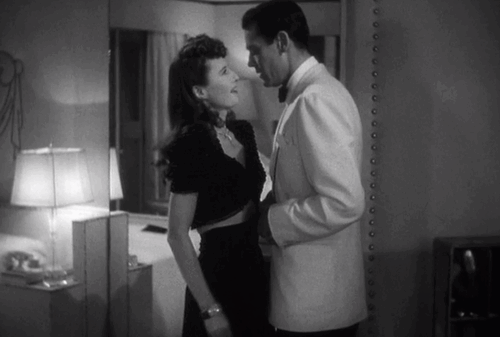 |
| "The Lady Eve" (1941) |
 |
| "Ball of Fire" (1941) |
 |
| "Baby Face" (1933) |
 |
| "Remember the Night" (1940) |
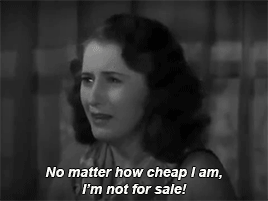 |
| "Shopworn" (1932) |
Christmas in Connecticut (1945)
 |
| "Lady of Burlesque" (1943) |
 |
| "Stella Dallas" (1937) |
Monday, June 17, 2019
#ManCrushMonday #MemorableSupportingActor Walter Brennan
Walter Brennan was always meant for show business. At 15, he started in vaudeville until life intervened. He served in the U.S. Army as a private in the 101st Field Artillery Regiment in France for two years, worked as a financial reporter in Boston and planned to move to Guatemala to grow pineapples but only got as far as Los Angeles. Once on the West Coast, Brennan took extra work at Universal in the '20s and by 1935, he worked up to supporting actor thanks to Howard Hawks in "Barbary Coast." He made his best known for "To Have and Have Not" (1944), "The Westerner" (1940), and "Red River" (1948). Brennan would be one of the three male supporting actors to win three Oscars, winning for "Come and Get It" (1936), "Kentucky" (1938), and "The Westerner" (1940). He would appear in more than 230 films and TV, living a long life until 1974 when Brennan died of emphysema.
Tuesday, June 11, 2019
Portrayals of Mental Illness/Trauma in Film: Bette Davis as Charlotte Vale in "Now Voyager" (1942)
Bette Davis wasn't initially interested in the role of Charlotte Vale in the film adaptation of Olive Higgins Prouty's "Now Voyager." Norma Shearer and Irene Dunne were approached, Ginger Rogers was given the actual source material by Producer Hal Wallis. But Davis was already neck-deep in running The Hollywood Canteen and her film career and all of her work in the World War 2 effort. Wallis appealed to her philanthropic side, advising "that female audiences needed romantic dramas to distract them from the reality of their lives" and once Davis was in, she was all in. She read the material and became involved in the wardrobe with designer Orry-Kelly.
Charlotte Vale was an unwanted child to a rich family of three boys and her mother emotionally and verbally abused her for her whole life until believed to be close to a nervous breakdown. Psychiatrist Dr. Jaquith (Claude Rains) is brought in thanks to one of her sister-in-laws and insists that she enter his sanitarium. After some time in Jaquith's care, a newly transformed and confident Charlotte goes on a cruise instead of going back to the Vale mansion right away. While on the ship she meets an unhappily married man (Paul Henreid) who is being kept to his vows by an equally abusive wife who keeps him from a daughter she does not love and keeps him from his dream career. There is instant attraction and with the confidence she gets from her time away and by Jerry's love, however fleeting, she finally stands up to her mother. The awful woman dies of a heart attack hours later and Charlotte is so distraught, she goes back into the sanitarium. Once there, fate intervenes again.
Between the book and movie, the themes of psychoanalysis and mental health was one of the first
Friday, June 7, 2019
Wednesday, June 5, 2019
#WomanEmpowermentWednesday Lillian Hellman
- Earned $50 a week as a reader at Metro-Goldwyn Mayer
- Member of League American Writers, the Screen Writers Guild, and National Institute of Arts and Letters
- One of the 88 public figures to sign "An Open Letter to American Liberals" protesting Leon Trotsky's defense against the Soviet Union
- Testified in front of the House Un-American Activities and consistently claimed the Fifth
ammendment - Was "a most casual member" of the Communist Party
- Actively Supported the International Brigades who joined the anti-Franco side of the Spanish Civil War
- Refused a contract from Columbia because she found the loyalty clause an infringement on her rights of free speech and to sign a statement that Hellman was never involved with the Communist Party which would hurt her romantic relationship with active Communist with Dashiell Hammet
- With Earnest Hemingway hosted a dinner to raise money for anti-Nazi French prisoners
- Returned to Hollywood in 1934 to become a screenwriter for Goldwyn Pictures at $2,500 a week
- Wrote an editorial in Screen Writer mocking the House Un-American Activities for denying employment to anyone who refused to answer questions by the house and allowing producers to be intimidated
- Helped form and fund Contemporary Historians, Inc.
with Dorothy Parker and Archibald MacLeish to demonstrate support for the anti-Franco forces in the Spanish Civil Wars
Monday, June 3, 2019
#ManCrushMonday #MenBeingCivilBadAsses Norman Foster and "Navajo" (1952)
Norman Foster already had a successful career before "Navajo" (1952). He had written and directed 7 out of the 9 "Mr. Moto" movies and many others until directing and writing the working title of "The Voice of the Wind." What became "Navajo" chronicled a seven-year-old boy who resents the white
Most of the film was filmed on the Navajo Reservation in northeastern Arizona, Canyon de Chelly, Death Canyon and the trading post Chinlee. It was in Chinlee where the film was screened first as part of an American Red Cross fundraising drive. The production cost itself remains a mystery. Contemporary sources say $24,220 and a total of $51,000 at the end of post-production, but other sources quote $100,000.
Navajo Doctor Harry Tschopik, Jr.






